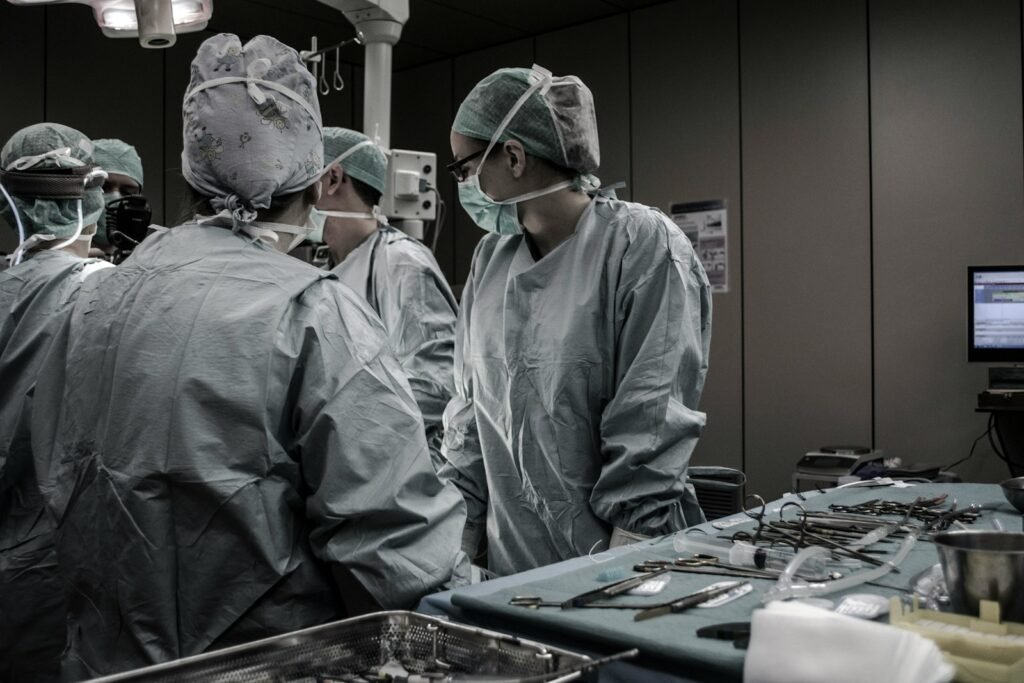Rats have played a crucial role in medical research for over a century, contributing significantly to our understanding of various biological processes and advancing surgical techniques. This article delves into the early role of rats in medical research, uncovering how these rodents became indispensable to scientific discovery, particularly in the field of surgery. As we explore the history and contributions of rats, we gain insights into the foundations of modern medicine and the ethical considerations surrounding animal research.
The Historical Emergence of Rats in Medical Research

Rats, members of the Muridae family, have been subjects of scientific inquiry since the late 19th century. Their small size, ease of breeding, and genetic similarities to humans made them attractive candidates for research. The Wistar Institute in Philadelphia was one of the first institutions to standardize rats for laboratory use in the early 1900s. The development of the Wistar rat strain marked a pivotal moment in laboratory animal science, providing researchers with a reliable and genetically consistent model for experimentation.
Rats as Pioneers in Surgical Advances

Rats have been instrumental in refining and advancing surgical techniques, contributing to numerous breakthroughs that have ultimately benefited human health. In the early 20th century, researchers used rats to study wound healing processes, leading to improved surgical methods and better patient recovery outcomes. Moreover, their use in the study of organ transplantation has provided critical insights into immune response management and rejection phenomena.
Key Contributions to Cardiovascular Surgery

One of the most significant areas where rats have contributed to surgical advancements is cardiovascular research. Researchers have used rat models to explore atherosclerosis, hypertension, and myocardial infarction, facilitating the development of life-saving heart surgeries. Studies on rats have enabled scientists to understand the pathophysiology of heart diseases, informing the creation of procedures like coronary artery bypass grafting (CABG) and angioplasty.
Studies in Neurosurgery

Neurosurgical interventions have also benefited significantly from research involving rats. Early studies on brain lesions and neural regeneration in rats paved the way for innovations in treating brain injuries and neurological disorders in humans. Rats have provided insights into brain plasticity and recovery, enabling the development of surgical techniques that aim to repair or bypass damaged neural pathways.
The Role of Rats in Cancer Surgery Research

Cancer research has seen significant contributions from rat models, particularly in understanding tumor biology and testing surgical interventions. Researchers have used rats to study metastasis and tumor angiogenesis, leading to the refinement of surgical techniques for tumor removal and cancer management. Experiments with rats have helped develop new methods for assessing surgical margins and minimizing recurrence rates.
Ethical Considerations and the Future of Medical Research

The extensive use of rats in medical research raises important ethical questions about the treatment of animals and the balance between scientific progress and animal welfare. Modern research increasingly adheres to the principles of the “Three Rs”: Replacement, Reduction, and Refinement. These principles aim to minimize animal use and suffering while promoting alternative research methods. The future of medical research continues to explore genetic and computational models to reduce reliance on animal testing.
Conclusion

Rats have undeniably played a foundational role in advancing surgical techniques and enhancing our understanding of complex biological systems. Their contributions to medical research over the years have led to significant improvements in human health, shaping the field of modern surgery. As we strive to balance the ethical implications of animal research with scientific discovery, the legacy of these small rodents continues to guide our quest for medical breakthroughs.




